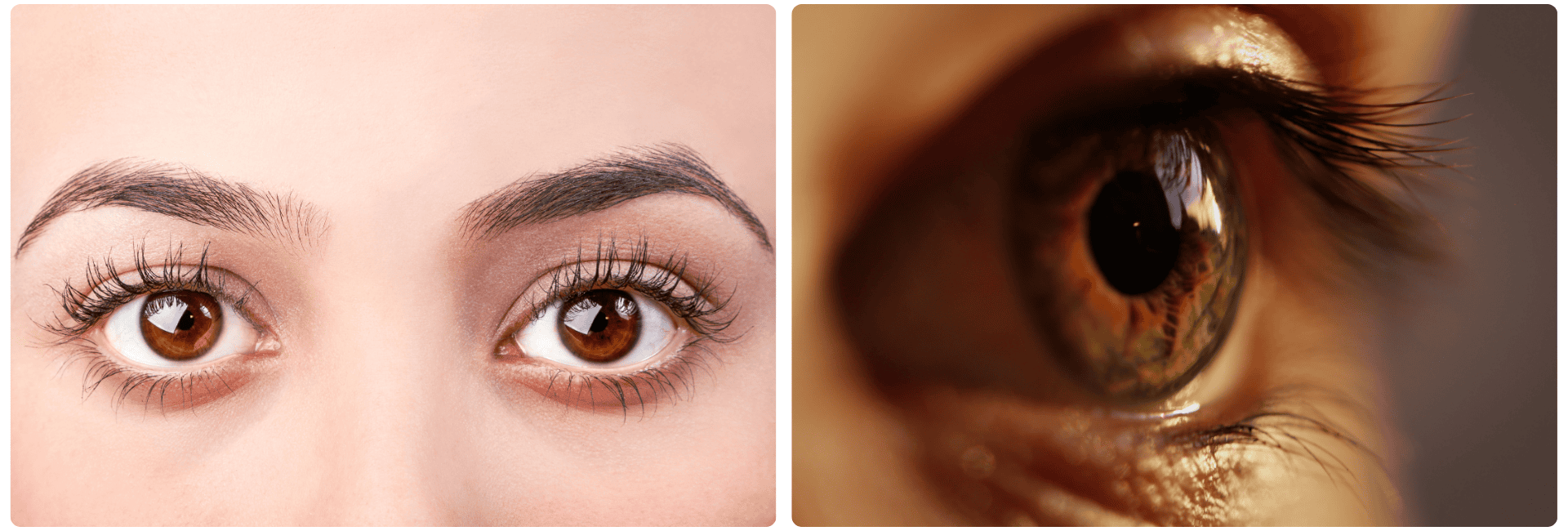
Ptosis of eyelid: Understanding the condition and treatment options
Ptosis of the eyelid, commonly known as drooping eyelid, is a condition where the upper eyelid droops downward. In this article, we'll delve into what ptosis of the eyelid is, its causes, symptoms, and available treatment options.
What is ptosis of the eyelid?
Ptosis of the eyelid occurs when the upper eyelid droops lower than normal, partially covering the eye. This can result in a reduced field of vision and may affect the appearance of the eye. Ptosis can be congenital (present at birth) or acquired (developed later in life).
Symptoms of ptosis of the eyelid
The primary symptom of ptosis of the eyelid is a drooping upper eyelid. Other symptoms may include:
- Difficulty keeping the eye open
- Eyestrain or fatigue
- Headaches from straining to see
- Uneven appearance of the eyes
Causes of ptosis of the eyelid
Ptosis of the eyelid can be caused by various factors, including:
- Aging: The muscles that support the eyelids may weaken over time, leading to ptosis.
- Congenital factors: Some individuals may be born with ptosis due to abnormal development of the eyelid muscles.
- Neurological conditions: Diseases or conditions affecting the nerves that control the eyelid muscles can lead to ptosis.
- Injury or trauma: Damage to the muscles or nerves of the eyelid can cause ptosis.
Treatment options for ptosis of the eyelid
Treatment for ptosis of the eyelid depends on the underlying cause and severity of the condition. In mild cases, no treatment may be necessary, especially if the ptosis does not affect vision or cause significant discomfort. However, if ptosis affects vision or causes cosmetic concerns, treatment options may include:
- Eyelid surgery (blepharoplasty): Surgery to tighten or reposition the muscles of the eyelid can help correct ptosis and improve the appearance of the eye.
- Ptosis crutches: In some cases, a ptosis crutch, a small attachment to glasses, can be used to support the drooping eyelid and improve vision.

Ptosis of the eyelid is a common condition characterized by the drooping of the upper eyelid. While ptosis may not always require treatment, it can affect vision and cause cosmetic concerns for some individuals. If you're experiencing symptoms of ptosis, it's essential to consult with an eye care professional for a comprehensive evaluation and personalized treatment plan. With the right approach, ptosis of the eyelid can be effectively managed, improving vision and enhancing quality of life for affected individuals.
